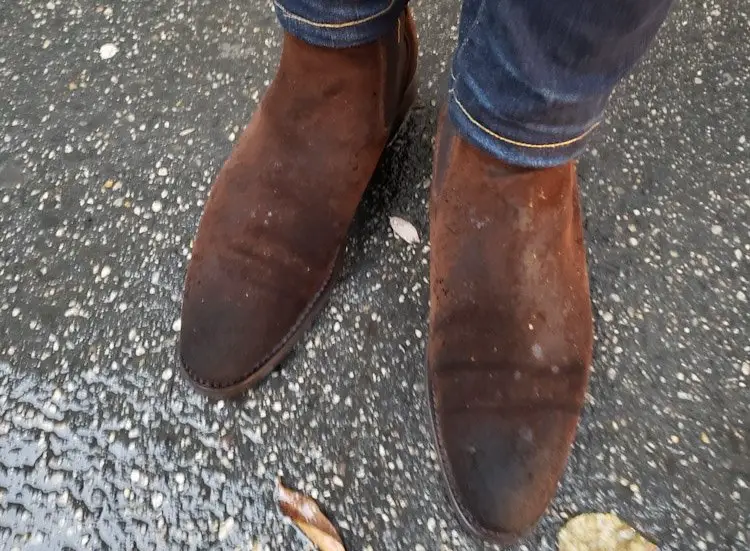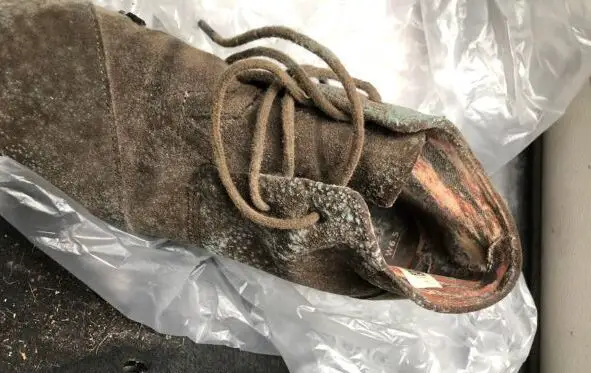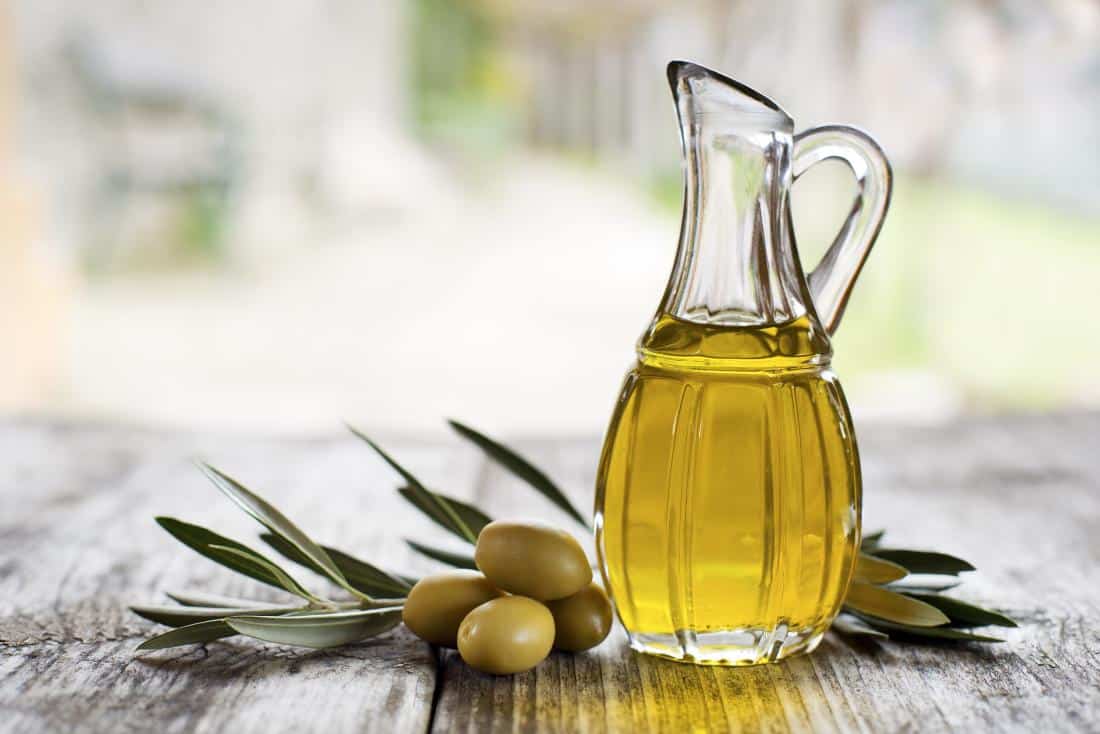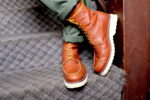As most of us know, wearing leather in the rain is not a good idea, unless the leather has been waterproofed. But many work boots are manufactured using suede or nubuck leather, so does that mean it’s ok to wear suede shoes in the rain?
Generally speaking, suede footwear will not automatically be ruined if it gets wet, if certain precautions are taken.
Can Suede Be Worn in the Rain?
Suede is leather that is produced using animal skin, so it will feature a certain amount of resilience.
Suede, and most leathers for that matter, will not resist water as well as plastic or rubber, but suede shoes can manage an occasional light rain if you waterproof them just like you would any other type of leather that risks being exposed to the elements.
One of the risks of wearing suede in the rain is how the water can affect the leather’s nap.

Will Rain Stain My Suede Shoes?
The immediate risk to getting a pair of suede shoes is that the color may change. Often the suede will discolor and lighten when it gets wet.
So, if your shoes have a nice burnished dark color, that may not be the case if your shoes get wet. Often, acidity in rainwater alters the pH of the suede and a loss of color and fading results.
Another negative effect of getting suede shoes wet, is if there is salt in the water. This might happen if you live near the ocean where rain contains some salt particles or if you happen to walk in slush from snow that was treated with salt. In this case, it’s the salt that negatively affects the color.
You may not notice discoloring while the suede is still wet, but once it dries, discoloration that looks like a stain may be apparent. It also may not happen after just one bout with the rain, but if you wear suede repeatedly, the discoloration may be more severe.
Watermarks
Water may not always discolor the shoes, but it can also leave watermarks on the shoes after they dry. Watermarks will form on the suede surface during the rain, and when it dries the stain is evident.
Suede, unlike regular leather, has fibers exposed that absorb moisture. If drying is postponed or not done well, watermarks form. Watermarks on suede are very difficult to remove.
If you get caught in the office wearing suede shoes, you can wipe down your shoes with a damp cloth before venturing outside. Wipe them down once more using a moist cloth after you get home so that they absorb less moisture.
Once you’ve wiped down the shies, dry the suede immediately so there are fewer possibilities that watermarks remain on the surface.
Will Rain Stretch My Suede Shoes?
Repeated exposure to rainy weather can contribute to stretching suede shoes or boots. Remember that suede is a porous material that will get wet when rained on if it has not been properly waterproofed. Once suede leather gets wet, it can and will stretch, and change its form.
This may not be a negative for everyone because some people may use wetting leather to get it to stretch to their foot shape and size.
However, it’s important to be aware that if the leather stretches it can become more susceptible to damage and to tearing the more it’s worn.
Will the Rain Change the Leather Nap?
Unfortunately, rain will not only stretch leather and change the shape and color, but it can alter the suede’s texture.
After being exposed to rain, suede that is not waterproofed can turn stiff and become brittle. This will cause the nap to break away from the surface and damage the leather.
Another possibility is that the hairy texture characteristic of suede can become matted when wet and then dry in an unattractive way.
Dirt and dust particles can become ingrained in the suede fibers. Liquids, including rain, can distort suede fibers.
Generally speaking, you should avoid wearing unwaterproofed suede shoes in the rain.
Will My Suede Shoes Get Moldy from the Rain?

A common worry is that mold will develop once suede gets wet. Because suede is porous, it’s a potential home for mold growth.
Mold spores will eventually break down suede fibers. The problem with mold is that you may not notice it when it sets in until it changes the color of the shoes.
Mold will not only change the color but will create a musty odor, and it generally cannot just be scrubbed off. To remove mold, you will need a specific product and even then, you may not be able to remove all of it completely.
The potential for mold growth is the best reason to clean suede shoes every time you get caught in the rain while wearing them.
How Can I Protect My Suede Shoes from the Rain?
The best way to protect suede shoes from the negative effects of rain is to waterproof them. To waterproof your shoes, follow these steps:
1.) Using a suede brush, clean your shoes brushing the entire shoe surface. This will prevent the creation of groves or channels where water can seep into the suede.
2.) If the suede shoes are not new, it’s important to clean them. Purchase a shampoo for suede and follow the manufacturer’s indication for use.
You must clean suede shoes that are not new before waterproofing or you will seal stains, dirt, or particles in the suede when you apply the waterproofing product.
3.) Once your suede shoes are thoroughly cleaned you can apply a suede waterproofing product. Hold the spray approximately 6 to 8 inches from the shoes and spray evenly using a motion that moves back and forth.
4.) Once applied, allow your suede shoes to air dry completely.
What Can I Do If My Suede Shoes Get Wet?
Should you get caught in a rainstorm wearing suede shoes, never place them near a fireplace or heating unit to dry.
• Using a microfiber cloth blot, not rub, your shoes to absorb as much moisture from the suede as possible.
• Afterward, use a brush with very soft bristles to brush the wet nap of the suede again using a motion that moves back and forth.
• Now place your suede shoes in a spot where they can air dry gradually, away from heating units and vents.
• When your suede shoes have dried, brush the nap again using only a brush with soft bristles.






